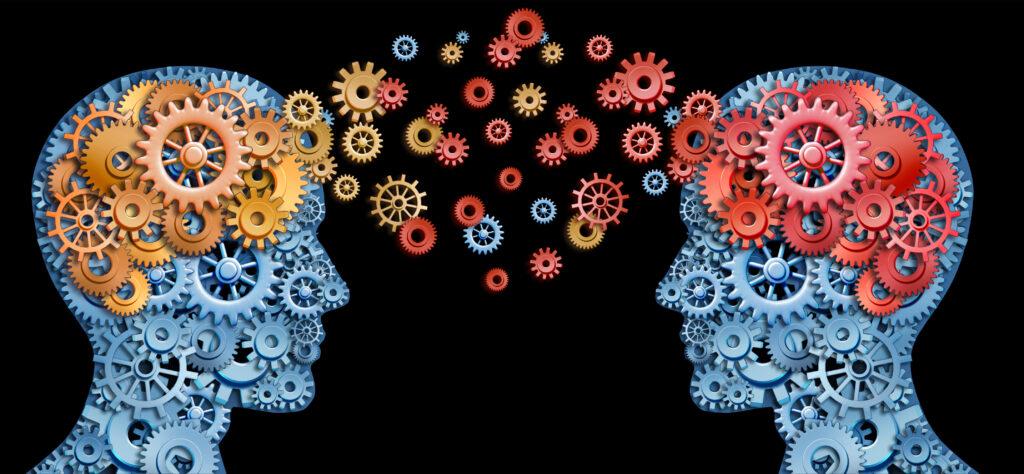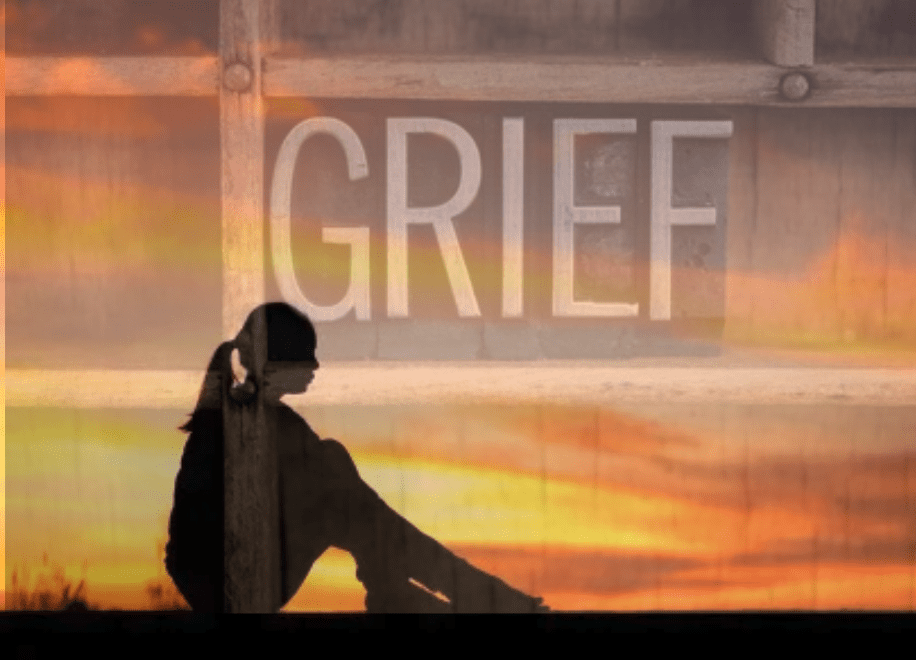Trauma in the Body
Trauma survivors are resilient. Having faced harsh realities in life they can function, despite the aftereffects of trauma. Despite this resilience, survivors are forever changed by trauma. According to Dr. Bessel Van Der Kolk, trauma literally reshapes both body and brain, potentially compromising sufferers’ capacities for pleasure, engagement, self-control, and trust.
It takes tremendous energy to continue functioning while carrying memories of terror or vulnerability. It is possible to face those traumas and heal through methods utilizing the mind, emotions, and the physical body.
What is a trauma response?
The part of the brain devoted to our survival overrides the rational side of the brain. Hence, the slightest hint of danger can mobilize disturbed brain circuits and secrete massive amounts of stress hormones. This can then have effects on physical emotions, such as unexpected anger, intense physical sensations, as well as impulsive or aggressive actions.
What does the research say about trauma?
Research reveals that trauma produces actual physiological changes. Trauma not only recalibrates the brain’s alarm system but also increases stress hormone activity altering the system that filters relevant information from irrelevant information. This is important to note as one may overreact or underreact to a situation due to not being able to assess the circumstance accurately. An example of this is when people who have PTSD diagnoses may react to a loud noise as a threat when there may not be actual danger present.
The reality of trauma in the body
Traumatized people chronically feel unsafe inside their bodies and develop a chronic vigilance for, and sensitivity to, threats. Post-traumatic stress has a physiological basis. It’s not necessarily all in one’s head. The symptoms have their origin in the body’s response to the original trauma. Another prominent symptom is the loss of mental flexibility. This can result in reduced creativity or imagination which is critical to the quality of our lives – imagination allows us to envision new possibilities.
Clinicians combine 4 methods to treat those facing trauma-related difficulties:
1. therapy
When processing trauma, therapy is useful in allowing oneself to know and understand what is going on with themselves. Through therapy, the survivor can achieve agency. Agency is the feeling of being in charge of one’s life. Agency starts with our awareness of our subtle sensory, body-based feelings. The greater that awareness, the greater our potential to control our lives. Knowing what we are feeling is the first step toward knowing why we feel it. If we are aware of the constant changes in our inner and outer environment, we can better manage them.

2. Medication
- As a psychiatrist, Dr. Van Der Kolk, suggests that psychotropic medications can slow the triggers associated with the trauma by shutting down inappropriate alarm reactions.
3. mindfulness
Mindfulness is a mental state achieved by focusing one’s awareness on the present moment, while calmly acknowledging and accepting one’s feelings, thoughts, and bodily sensations. Used as a therapeutic technique, mindfulness puts us in touch with the transitory nature of our feelings and perceptions. When we pay focused attention to our bodily sensations, we can recognize the ebb and flow of our emotions and increase our control over them.

4. self Regulation
Self-regulation is the ability to monitor and manage your energy states, emotions, thoughts, and behaviors in ways that are acceptable and produce positive results such as well-being, loving relationships, and learning. Self-regulation depends on having a healthy relationship with one’s body. At the core of recovery is self-awareness. Body awareness puts us in touch with our inner world. Noticing our feelings of annoyance, nervousness, or anxiety, immediately helps us shift our perspective and opens new options other than our automatic, habitual reactions.
Van Der Kolk, B. A. (2015). The Body Keeps the Score: Brain, Mind, and Body in the Healing of Trauma. Penguin Books.
At Fuller Life Family Therapy, we consider it a privilege to work alongside you on your journey. Please feel free to share this article with anyone who may find it helpful.

Riya Roney, Resident Therapist
Licensed Professional Counselor Associate, LPC-A
Under the Supervision of Amy Fuller PhD, LMFT-S, LPC-S, CST

















